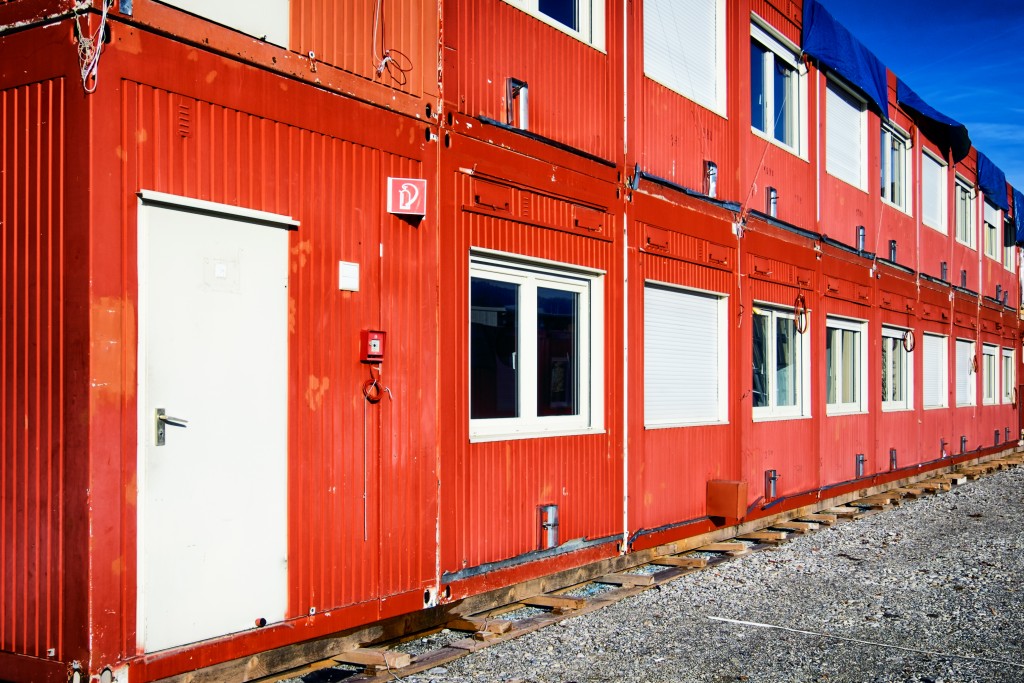After traveling the vast seas for decades, many people are giving shipping containers a second ‘life’ — and that’s as an affordable eco-friendly building material. Many people are getting creative with it, creating gorgeous homes and commercial facilities to enjoy.
Here’s why shipping container homes are trending — and what it takes to build one.
A Clever Solution to House Shortage
Different builder organizations from across the globe are trying to solve the notorious shortage of homes — one shipping container at a time. It gives way to young homeowners or those who are simply on a budget, giving them a chance to create their dream home at minimal costs.
Besides being eco-friendly and customizable, young homeowners are also free to do whatever they want with it. This creative way of using shipping containers has made homeownership more “attainable” for young couples and even students living overseas.
It’s a ‘Home’ For Everyone
Many non-profit organizations are taking advantage of the shipping container’s versatility and low price by converting into a home for the homeless, giving those people in need a gorgeous, energy-efficient, and durable multifamily housing unit. The revolutionary building materials give everyone a place they can call ‘home’ at the right price.
Perfectly Affordable for Young Homeowners and Students Alike
Several countries across the globe have used shipping containers to house students, with the “Wenckehof” in Amsterdam being the most famous, consisting of over 1,000 shipping containers. It gives students an affordable and sustainable way of living while on campus.
Many young homeowners are also opting for shipping containers home thanks to its cost-effectiveness and sustainable impact on the environment. One shipping container home can cost around $4,000 to $120,000, while a standard home following traditional building practices goes for $200,000 for its lowest price point.
The Building Process of a Shipping Container Home
Although convenient, many preparations, construction, and final touch-ups are needed before a shipping container home becomes “move-in” ready. These include setting a structural foundation, cutting frames for windows and doors, insulation, installing utilities, and adding roofing and flooring.
The following are the steps of constructing a shipping container home:
- Settling Legal Matters — Find out the legal requirements of your property, including permits and licenses needed before beginning construction. Besides that, most builders recommend getting an accurate estimate of the cost per square foot to budget appropriately.
- Planning — After handling the paperwork, it’s time to work on the floor plan, elevation, and other concepts.
- Constructing — When you’ve thoroughly planned your shipping container home, you can start having on-site preparation and off-site fabrication for the unit.
- Delivering — Coordinate a site placement for your future container home. Make sure it’s elevated for optimal safety.
- Retrofitting — Arrange the structural foundation, interior framing of the container, insulation properties and drywall additions, plumbing fixtures, electrical, and other additional features.
- Maintenance — All homes must be maintained and kept in good condition. Besides electricians, plumbers, you may also need to hire an exterminator to maintain pest control. If you’re living near the woods or orchards, you may often find yourself with unwanted furry friends inside your container van home.
The building process a shipping container home goes through usually is 30% faster than a conventional build, starting from your planning stage to completing the construction.
Shipping container homes offer a quick, sustainable, and green approach to traditional buildings. It’s becoming a rising home trend that many young aspiring homeowners are diving into — and it shows no signs of slowing down.





